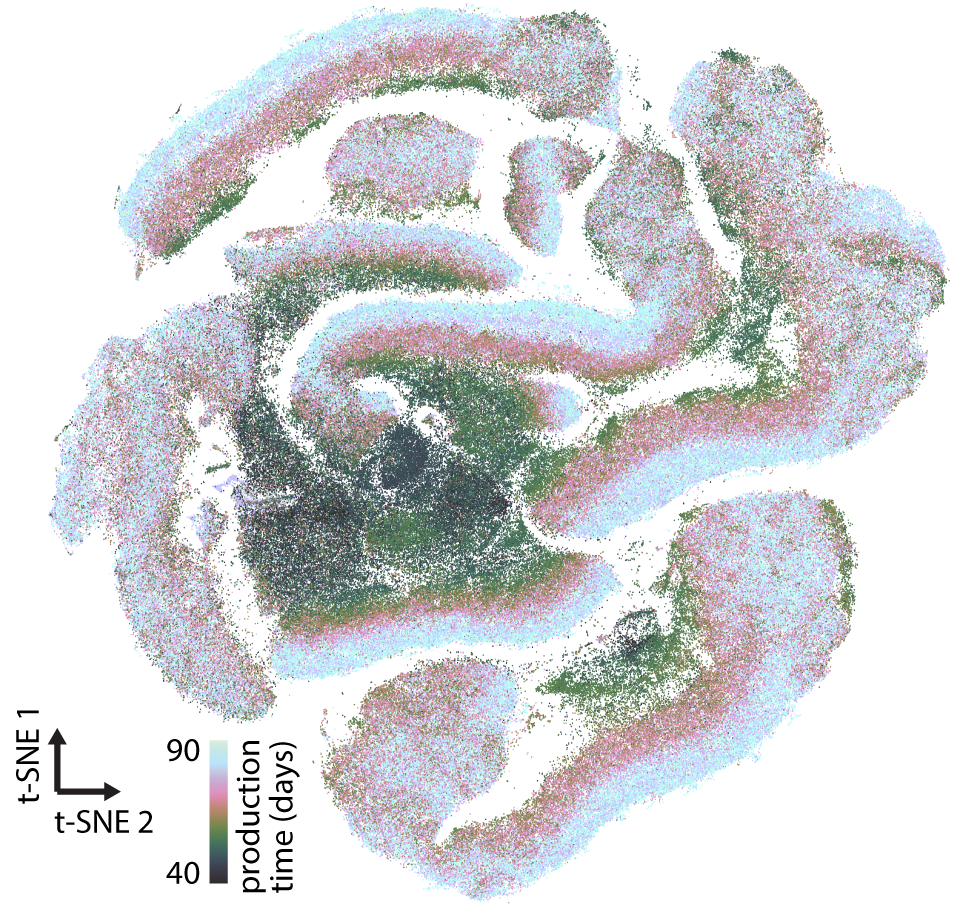Neural Computation and Cognition

Research in the Mante lab aims to uncover how complex cognitive abilities—such as reasoning, problem-solving, and decision-making—emerge from the coordinated activity of neural populations distributed across brain-wide networks. We take an interdisciplinary approach that integrates behavioral and neurophysiological experiments in humans and monkeys with computational methods, including machine learning for analyzing large-scale behavioral and neural datasets and artificial intelligence for modeling these datasets and generating hypotheses about the neural computations underlying cognition. Beyond studying cognition in neurotypical humans and monkeys, we seek to understand how disruptions in these neural computations contribute to cognitive deficits in neurological and psychiatric disorders. In parallel, we develop novel analytical approaches for high-dimensional datasets, advancing data science in neuroscience and related fields.
You can find more details on our research here.
Open positions
We currently have several open PhD and Postdoc positions. You can find more information about these positions under the following links:
PhD position in computational and cognitive neuroscience
PhD/Postdoc position in behavioral and neural mechanisms of cognition
Code and Data
General purpose code for the analysis of high-dimensional data, as well as data sets we recorded, can be found here:
Code and Data
Relevant publications
Calangiu, Kollmorgen, Reppas, and Mante, Prospective and retrospective representations of saccadic movements in primate prefrontal cortex, Cell Reports, 2025 Link
Soldado-Magraner, Mante*, and Sahani*, Inferring context-dependent computations through linear approximations of prefrontal cortex dynamics, Science Advances, 2024 Link
Pagan et al, Individual variability of neural computations underlying flexible decisions, Nature, 2024 Link
Ehret et al, Population-level coding of avoidance learning in medial prefrontal cortex, Nature Neuroscience, 2024 Link
Galgali, Sahani, and Mante, Residual dynamics resolves recurrent contributions to neural computation, Nature Neuroscience, 2023 Link
Flesch et al, Are task representations gated in macaque prefrontal cortex? arXiv, 2023 Link
Krause et al, Operative dimensions in unconstrained connectivity of recurrent neural networks, Advances in Neural Information Processing Systems (NeurIPS), 2022 Link
Marks et al, Deep-learning based identification, pose estimation and end-to-end behaviour classification for interacting primates and mice in complex environments, Nature Machine Intelligence, 2022 Link
Schoenfeld et al, Dendritic integration of sensory and reward information facilitates learning, bioRxiv, 2021 Link
Kollmorgen, Hahnloser, and Mante, Nearest neighbours reveal fast and slow components of motor learning, Nature, 2020 Link
Aoi, Mante, and Pillow, Prefrontal cortex exhibits multidimensional dynamic encoding during decision-making, Nature Neuroscience, 2020 Link
Kollmorgen, Newsome, and Mante, Spatial and temporal structure of choice representations in prefrontal cortex, bioRxiv, 2019 Link
Galgali and Mante, Set in one’s thoughts, Nature Neuroscience, 2018 Link
Mante, Sussillo, Shenoy, and Newsome, Context-dependent computation by recurrent dynamics in prefrontal cortex, Nature, 2013 Link
Work with primates
An important part of our research involves work with a group of male rhesus macaques. Information about the life of our monkeys and our work with them can be found here